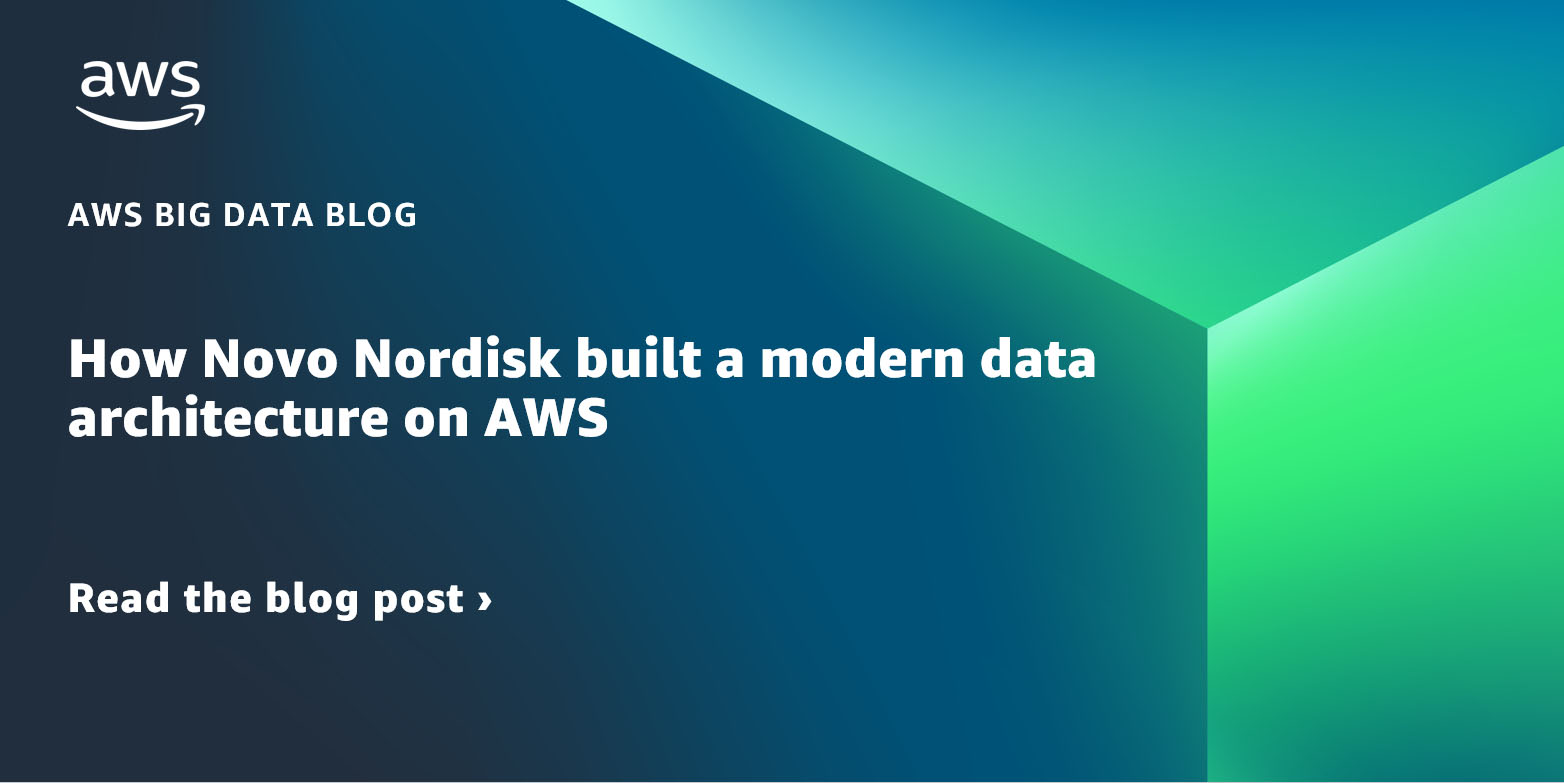AWS Big Data Blog
Category: AWS Lake Formation
How Novo Nordisk built a modern data architecture on AWS
Novo Nordisk is a leading global pharmaceutical company, responsible for producing life-saving medicines that reach more than 34 million patients each day. They do this following their triple bottom line—that they must strive to be environmentally sustainable, socially sustainable, and financially sustainable. The combination of using AWS and data supports all these targets. Data is […]
Build an AWS Lake Formation permissions inventory dashboard using AWS Glue and Amazon QuickSight
AWS Lake Formation makes it easier to centrally govern, secure, and share data for analytics with familiar database-style grant features managed through the Glue Data Catalog. Lake Formation provides a single place to define fine-grained access control on catalog resources. These permissions are granted to the principals by a data lake admin, and integrated engines […]
Centrally manage access and permissions for Amazon Redshift data sharing with AWS Lake Formation
Today’s global, data-driven organizations treat data as an asset and use it across different lines of business (LOBs) to drive timely insights and better business decisions. Amazon Redshift data sharing allows you to securely share live, transactionally consistent data in one Amazon Redshift data warehouse with another Amazon Redshift data warehouse within the same AWS […]
How GoDaddy built a data mesh to decentralize data ownership using AWS Lake Formation
This is a guest post co-written with Ankit Jhalaria from GoDaddy. GoDaddy is empowering everyday entrepreneurs by providing all the help and tools to succeed online. With more than 20 million customers worldwide, GoDaddy is the place people come to name their idea, build a professional website, attract customers, and manage their work. GoDaddy is […]
Use an event-driven architecture to build a data mesh on AWS
In this post, we take the data mesh design discussed in Design a data mesh architecture using AWS Lake Formation and AWS Glue, and demonstrate how to initialize data domain accounts to enable managed sharing; we also go through how we can use an event-driven approach to automate processes between the central governance account and […]
Integrate AWS IAM Identity Center (successor to AWS Single Sign-On) with AWS Lake Formation fine-grained access controls
Data lakes are a centralized repository for storing structured and unstructured data at scale. Data lakes enable you to create dashboards, perform big data processing and real-time analytics, and create machine learning (ML) models on your data to drive business decisions. Many customers are choosing AWS Lake Formation as their data lake management solution. Lake […]
Use Amazon Redshift Spectrum with row-level and cell-level security policies defined in AWS Lake Formation
Data warehouses and data lakes are key to an enterprise data management strategy. A data lake is a centralized repository that consolidates your data in any format at any scale and makes it available for different kinds of analytics. A data warehouse, on the other hand, has cleansed, enriched, and transformed data that is optimized […]
Set up and monitor AWS Glue crawlers using the enhanced AWS Glue UI and crawler history
A data lake is a centralized, curated, and secured repository that stores all your data, both in its original form and prepared for analysis. Setting up and managing data lakes today involves a lot of manual, complicated, and time-consuming tasks. AWS Glue and AWS Lake Formation make it easy to build, secure, and manage data […]
Use an AD FS user and Tableau to securely query data in AWS Lake Formation
Security-conscious customers often adopt a Zero Trust security architecture. Zero Trust is a security model centered on the idea that access to data shouldn’t be solely based on network location, but rather require users and systems to prove their identities and trustworthiness and enforce fine-grained identity-based authorization rules before granting access to applications, data, and […]
Build a modern data architecture and data mesh pattern at scale using AWS Lake Formation tag-based access control
January 2023: This post was reviewed and updated to use version 3 of the settings for AWS Lake Formation, which allows for cross-account grants with AWS Resource Access Manager. Customers are exploring building a data mesh on their AWS platform using AWS Lake Formation and sharing their data lakes across the organization. A data mesh […]









